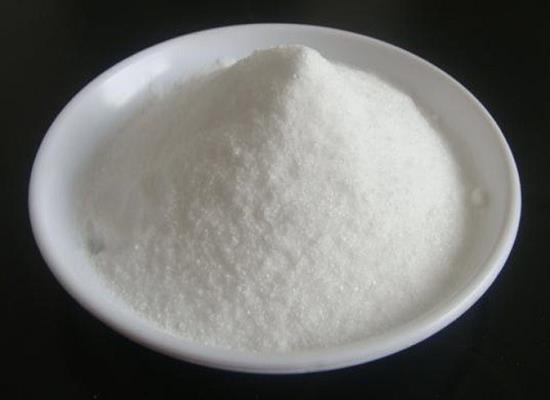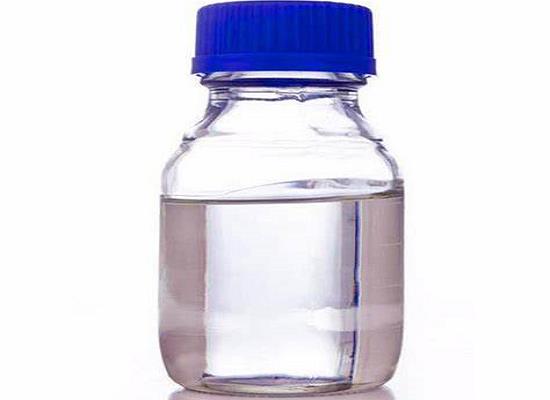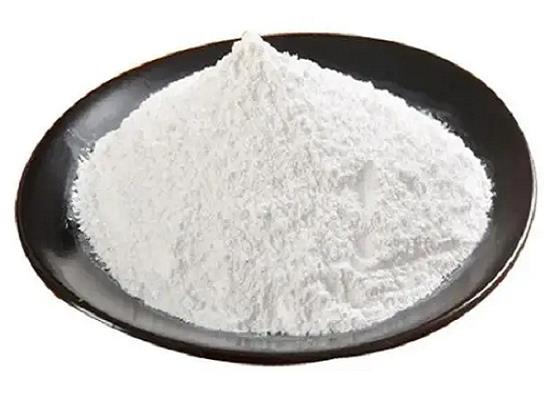Tris Hydrochloride: Versatile Buffer Compound in Biological Research
General Description
Tris hydrochloride is a white crystalline powder widely used as a buffer in various biological and biochemical experiments. It is effective within a pH range of 7.0 to 9.0, maintaining a stable pH level and enabling accurate and reproducible results. Tris hydrochloride is commonly utilized in DNA and protein analysis, enzymatic reactions, gel electrophoresis, and protein purification processes. It also finds applications in various biochemical assays and the preparation of reagents. However, recent studies have shown adverse effects on neuro-muscular transmission in smooth and cardiac muscle, cautioning its use in physiological salines. Overall, Tris hydrochloride plays a vital role in numerous scientific research fields, facilitating pH control and enabling accurate experimental results.
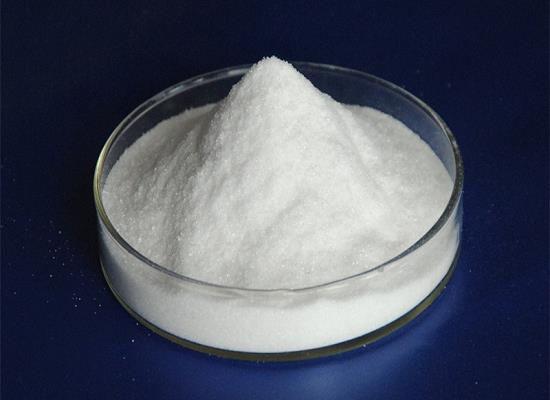
Figure 1. Tris hydrochloride
Properties and Importance
Tris hydrochloride is an organic compound commonly used in buffer solutions for various laboratory applications. It has high solubility in water and is effective within a pH range of 7.0 to 9.0. Tris hydrochloride is particularly useful in preparing Laemmli buffer, a widely used buffer for SDS-PAGE gels, and is often combined with glycine and SDS in custom running and loading buffers. In DNA extraction, Tris hydrochloride is included in the lysis buffer along with EDTA, which removes divalent cations and destabilizes cell membranes. Tris acts as the primary buffering component, maintaining a stable pH around 8.0. Furthermore, Tris hydrochloride may interact with lipopolysaccharides (LPS) in the cell membrane, further contributing to membrane destabilization. Chemically, Tris hydrochloride is a white crystalline powder with a pKa of 8.08 at 25°C. It lacks buffering capacity when used alone, thus requiring a mixture of Tris base and Tris hydrochloride to achieve an effective buffering system with a pH between 7 and 9. Tris salts are also utilized for protein crystallization at various pH values. Overall, Tris hydrochloride plays a crucial role in maintaining pH stability and facilitating various biological and biochemical experiments in the laboratory. 1
Versatile Applications in Scientific Research and Biochemistry
Tris hydrochloride is a chemical compound widely used in various scientific and biochemical applications. It is a highly soluble, crystalline salt commonly used as a buffer in biological research. One of the primary applications of Tris hydrochloride is its use as a buffer in molecular biology experiments. It helps maintain a stable pH level, making it suitable for DNA and protein analysis, enzymatic reactions, and gel electrophoresis. Tris hydrochloride's buffering capacity allows researchers to control and optimize reaction conditions, ensuring accurate and reproducible results. In addition to its buffering properties, Tris hydrochloride is utilized in protein purification processes as a component of lysis and extraction buffers. It aids in cell disruption, solubilizing proteins, and preventing enzyme degradation. Tris hydrochloride also finds applications in various biochemical assays, such as determining enzyme kinetics, studying enzymatic activity, and characterizing protein structures. Its compatibility with a wide range of enzymes and proteins makes it a versatile choice for experimental setups. Furthermore, Tris hydrochloride is employed in the preparation of reagents, including DNA and RNA isolation kits, protein ladders, and molecular weight markers. It ensures the stability and functionality of these reagents during storage and usage. Overall, Tris hydrochloride plays a vital role in numerous biological and biochemical studies, providing reliable pH control, facilitating protein purification, and enabling accurate experimental results in various scientific research fields. 2
Adverse effects
Tris hydrochloride is a commonly used buffer in physiological salines, but recent studies have shown that it can have adverse effects on neuro-muscular transmission in smooth and cardiac muscle. The effects are mainly presynaptic and appear to affect motor and adrenergic transmission. Tris consistently produced increased tone in the rat anococcygeus and rabbit aorta, but in no other tissue. Small reductions in tone were seen with Tris in spiral strips of rabbit ear artery. Additionally, in the perfused rabbit heart, Tris produced a negative inotropic effect and reduced responses to vagal stimulation. However, responses to sympathetic nerve stimulation and to ACh and NA were not significantly altered. Up to 40 mM Tris had little effect on responses of the rat diaphragm to motor nerve stimulation. The effects of Tris on the rat anococcygeus were not reduced by increased calcium levels but were reduced at lower incubation temperatures. The buffer HEPES produced a reduction in responses to stimulation in the rat anococcygeus and vas deferens along, but at higher concentrations than those of Tris. Increases in tone in the anococcygeus and aorta were never seen with HEPES. These findings suggest that caution must be observed when using Tris hydrochloride as a buffer in physiological salines, particularly in smooth and cardiac muscles. 3
Reference
1. 2-Amino-2-(hydroxymethyl)propane-1,3-diol hydrochloride. National Center for Biotechnology Information, 2023, PubChem Compound Summary for CID 93573.
2. 1,3-Propanediol, 2-amino-2-(hydroxymethyl)-, hydrochloride (1:1). EPA Chemicals under the TSCA.
3. Gillespie JS, McKnight AT. Adverse effects of tris hydrochloride, a commonly used buffer in physiological media. J Physiol. 1976 Jul;259(2):561-573.
);You may like
Related articles And Qustion
Lastest Price from TRIS hydrochloride manufacturers
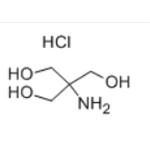
US $25.00-20.00/kg2024-05-17
- CAS:
- 1185-53-1
- Min. Order:
- 1kg
- Purity:
- 99%
- Supply Ability:
- 8000kg
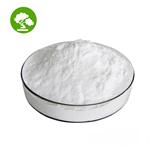
US $0.00/kg2024-04-12
- CAS:
- 1185-53-1
- Min. Order:
- 1kg
- Purity:
- 99%
- Supply Ability:
- 2000ton

